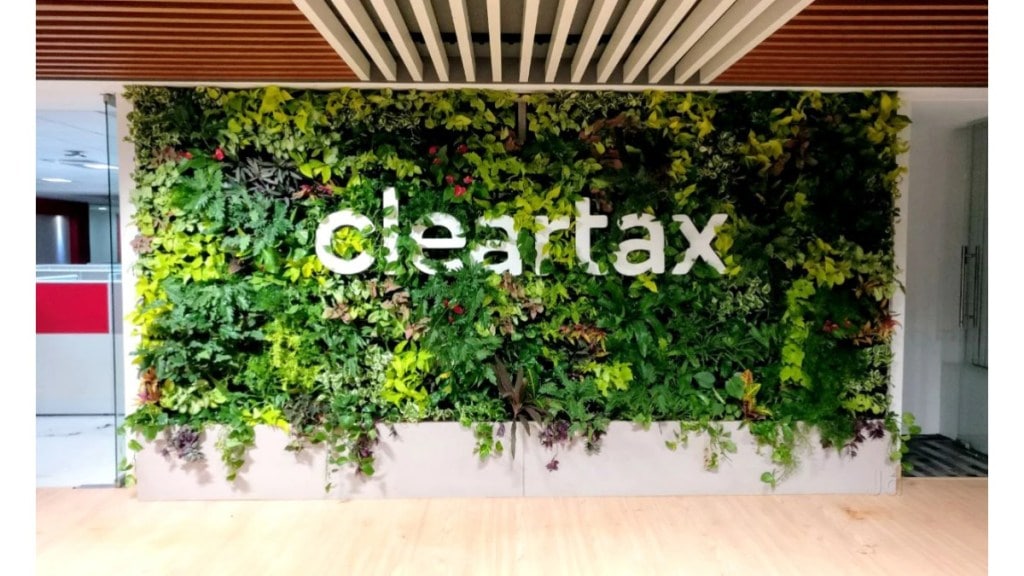Bengaluru-based Clear, earlier known as the country’s largest consumer tax filing platform ‘Cleartax’, is now leaning on enterprise GST compliance and CFO office software to drive revenue growth. This comes after the government’s simplified e-filing system has reduced the need for third-party portals over the years. “Consumer tax is where we started (in 2011),” co-founder and CEO Archit Gupta told FE in an interaction.
From Consumer to Enterprise: The Strategic Pivot
“But GST came in 2017, and we realised the biggest compliance pain was actually in large enterprises, not small businesses. That’s where the product-market fit was strongest.”Cleartax began building its enterprise SaaS business in 2017, initially targeting SMEs before moving upmarket to large and very large firms that operate across multiple states and deal with complex tax structures. “Large enterprises operate in many regions of a country, bringing up complexities in their taxation. On the other hand, small businesses are adequately served by their accountants and are not necessarily looking for tech solutions,” Gupta added.
Today, the enterprise segment accounts for 75% of revenues, with consumer services contributing the remaining 25%. The company’s CFO-tech platform now spans GST and VAT compliance, e-invoicing, vendor management, and regulatory reporting. Strategic acquisitions, including invoice-discounting platform Xpedize and compliance automation platform CimplyFive, have broadened the offering beyond tax to cover board and company secretarial requirements for listed entities.
Three years ago, Cleartax began monetising its B2B platform seriously. It now serves 4,000 enterprises globally, including Fortune 500 companies, with global operations contributing over 20% of revenue. Recent expansion has taken it to the Middle East, Southeast Asia, and now the European Union, starting with Belgium, Germany, and France.
Financial Turnaround and the Role of Acquisitions
Clear’s revenue nearly doubled to Rs 210 crore in FY24, with losses narrowing to Rs 96 crore, following a 85% topline jump in FY23. Before its B2B monetisation kicked in FY23, revenue growth had stagnated at about Rs 60 crore in FY22. Gupta expects continued improvement in margins, aided by AI-driven efficiency gains. “With AI, each person can do a lot more. We can scale without proportional headcount increases,” he said.
Gupta credits the company’s experience in India, which involved handling billions of e-invoices annually and navigating complex multi-state tax compliance, for making its platform competitive against global incumbents.
On the consumer side, Cleartax is still used by many Indian consumers but has shifted from a free service to a paid model, with fees ranging from Rs 199 to Rs 10,000. AI features, including a WhatsApp-based filing assistant in multiple Indian languages, have attracted two lakh gig workers, enabling Rs 30 crore in refunds last year, Gupta said, adding that 8% of India’s new tax filers in FY24 came through this initiative.
While the company remains focused on growth, particularly in AI and global expansion, it has no immediate plans to raise funds or go public. “Public markets prefer stable, cash-generating businesses. Being private lets us be more flexible until we’ve covered more of our opportunity,” Gupta said.


